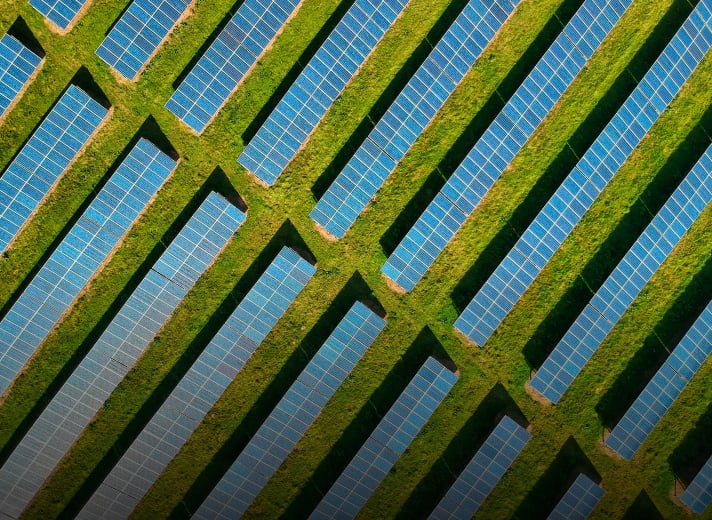
Environment & Energy
Overview

Hokkaido has a rich natural environment which has been used to produce a diverse range of renewable energy sources such as solar, wind, hydro, geothermal and biomass sources.
Hokkaido possesses Japan’s highest potential for renewable energy, and is one of the strategic priority areas for accelerating green innovation for the whole of Japan. Hokkaido aims to make public and private investments of over 40 trillion yen over the next ten years into the decarbonization sector, to reach its goal of carbon neutrality by 2050.
The race to achieve net zero is accelerating, and in 2023, the G7 Ministers’ Meeting on Climate, Energy and Environment took place in Sapporo. In light of energy price hikes that have become more pronounced due to the current global situation, and the industrial restructuring that will result from a continued shift to a more sustainable society, Sapporo is taking a proactive approach to decarbonization, balancing efforts to achieve net-zero and economic activities in order to build a green industrial supply chain as a sustainable city.
Key Benefits
Aiming for over 40 trillion yen
In public and private investments in Sapporo/Hokkaido
Abundance of renewable energy sources
Supported by Hokkaido’s natural environment; the best environment in Japan for renewable energy
Fast-growing R&D hub
For the hydrogen industry
Significant amount of renewable electricity
Will be used in next-generation semiconductor factories and data centers in the wider Sapporo area
Sector Snapshot
No.1 in Japan - 11,499,916MWh
Source: Electricity Survey Statistics, Agency for Natural Resources and Energy, Ministry of Economy, Trade and Industry
No.1 in Japan - 527
Source: Agency for Natural Resources and Energy, Ministry of Economy, Trade and Industry, Number of power plants by prefecture, FY2023-FY2024
No.1 in Japan - 636,018 GWh
Source: Ministry of the Environment's Renewable Energy Portfolio System (REPOS)
No.1 in Japan - 693,414 GWh
Source: Ministry of the Environment's Renewable Energy Portfolio System (REPOS)
No.1 in Japan - 27,931 GWh
Source: Ministry of the Environment's Renewable Energy Portfolio System (REPOS)
No.1 in Japan - 5,061 GWh
Source: Ministry of the Environment's Renewable Energy Portfolio System (REPOS)
Sector Highlight
Wind Power
- In particular, the North and South Hokkaido and Ishikari areas have windy conditions and shallow topography suitable for offshore wind power generation. Related projects are currently being planned. Winds blowing in from the Sea of Japan year-round make Ishikari Bay particularly suitable for wind power generation.
- With regards to the introduction of large-scale offshore wind power generation in Hokkaido, plans are currently under way for a new underwater transmission cable between Hokkaido and Tokyo.
- Key Projects: Setana Osato Wind Power Plant, Ishikari Bay New Port, 100% Renewable Energy Zone
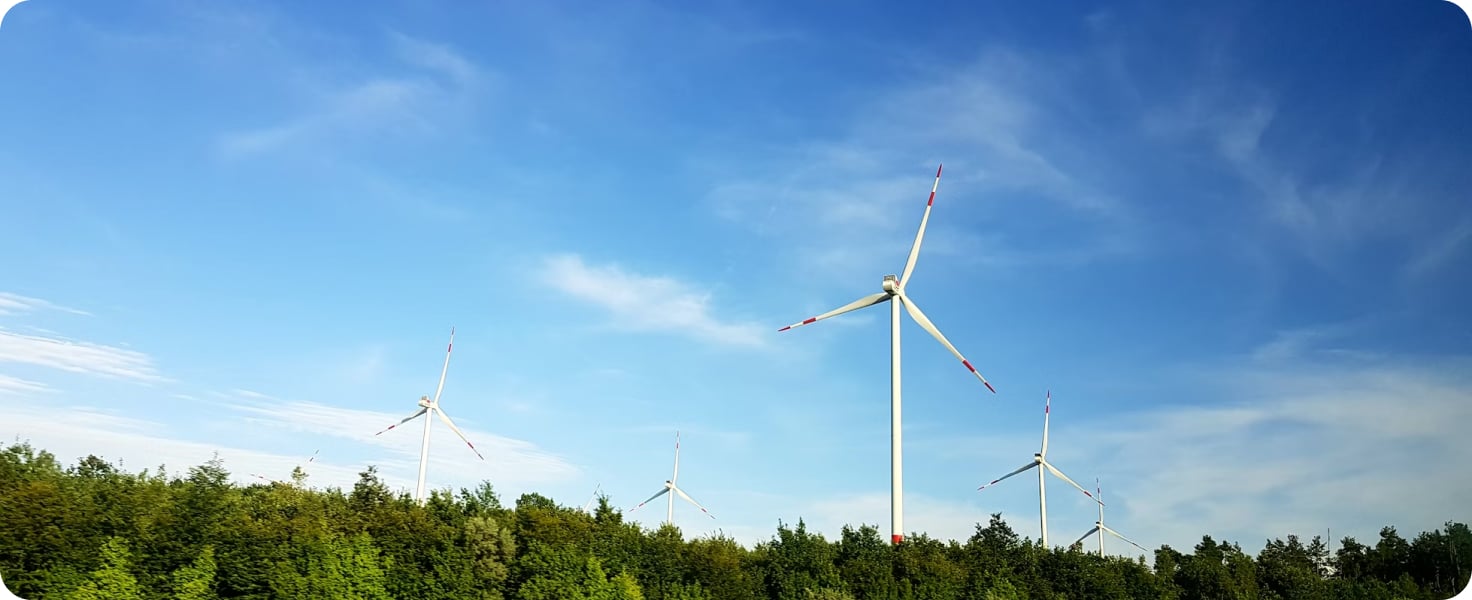
Solar Power
- The Eastern and Central parts of Hokkaido Prefecture actually get relatively little snowfall. They receive a large amount of sunlight throughout the year without a significant drop in the number of hours of sunlight during the winter.
- Located close to areas with high power consumption both inside and outside of the region, many large-scale solar facilities are located in Hokkaido, with large electrical substations and vast industrial land.
- Key Project: Softbank Yakumo Solar Park
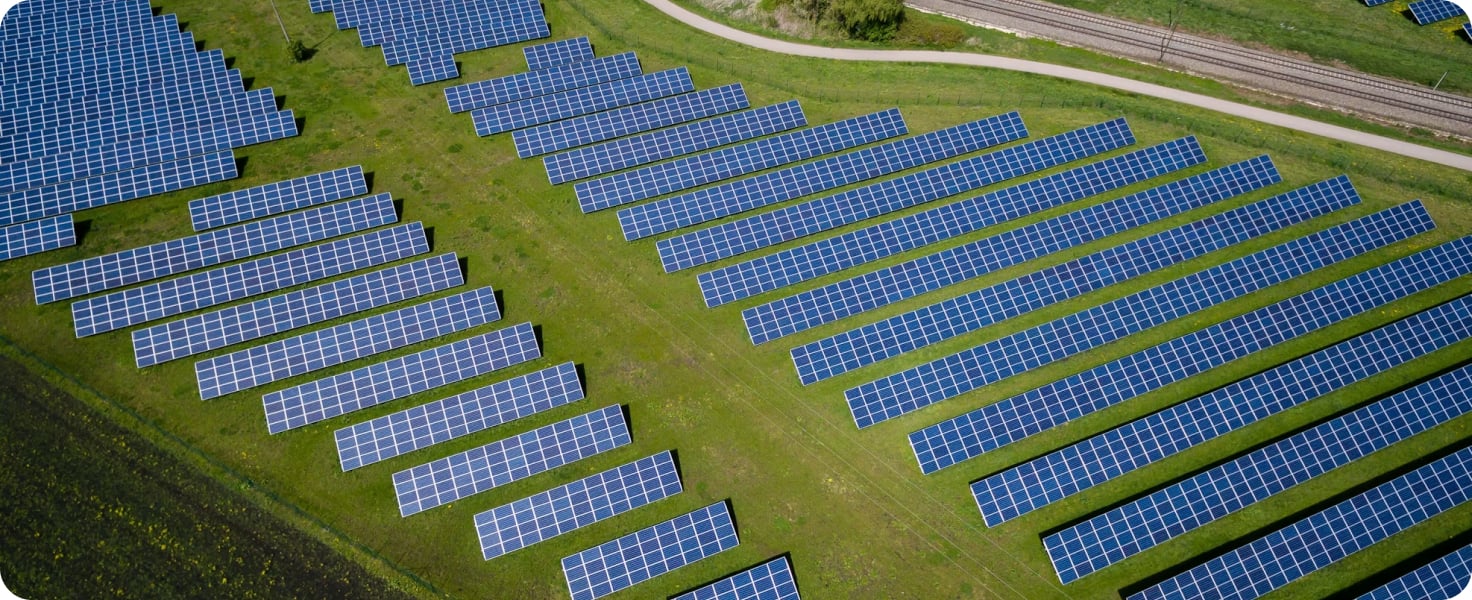
Geothermal Power
- Minami-Kayabe Geothermal Power Station, the largest binary-type geothermal power plant in Japan, has begun operation.
- Key Project: Tomato cultivation using heat from hot springs.
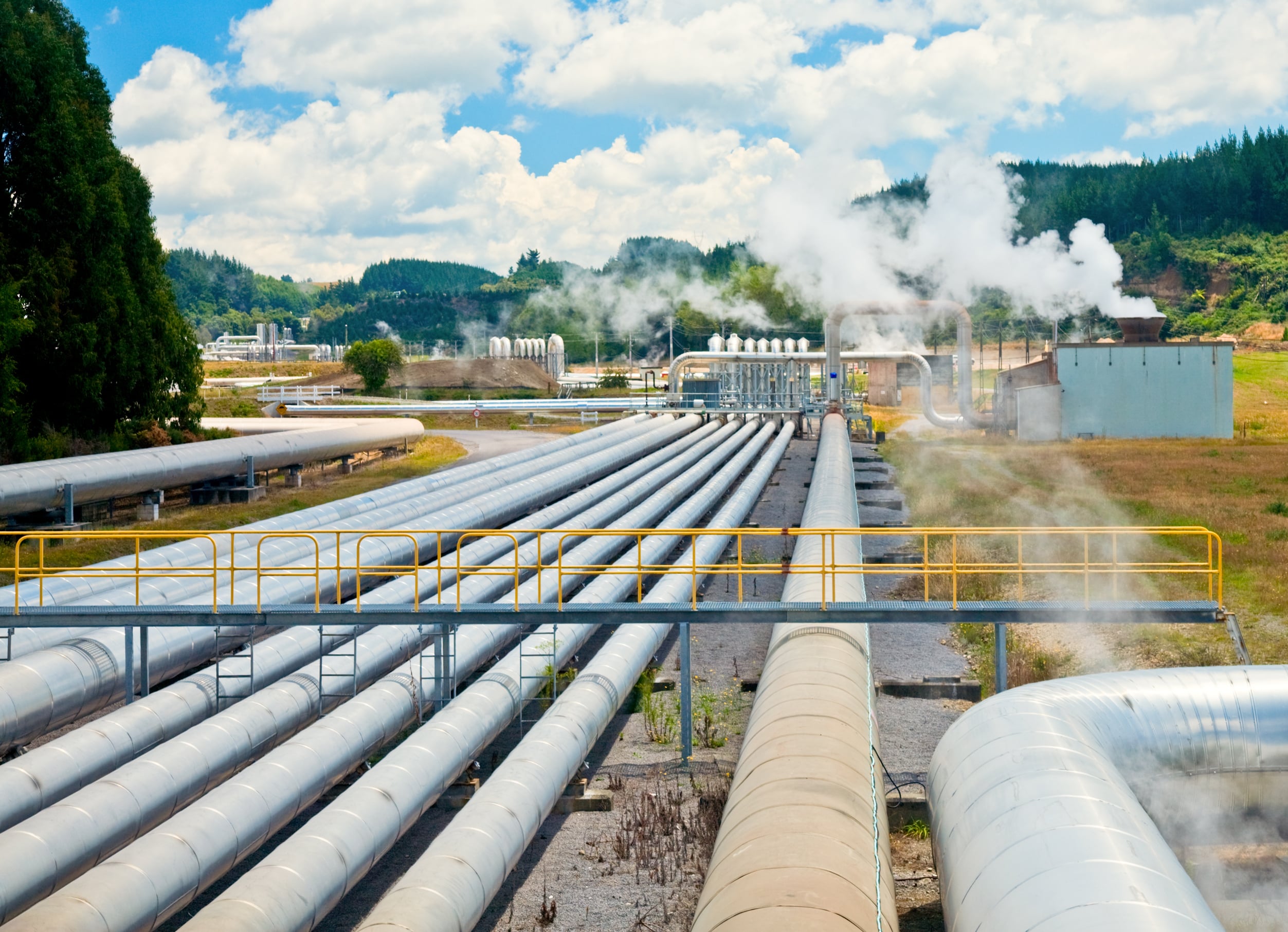
Hydrogen
- Sapporo aims to become a national center for hydrogen, by constructing a supply chain that integrates supply and demand.
- Alongside efforts to meet the growing demand for fuel cell vehicles (FCVs), develop hydrogen stations, and promote hydrogen use in both public and private facilities, Sapporo is advancing demonstration projects and deregulation initiatives to encourage the broader adoption of hydrogen.
- Key Project: Hydrogen production using water electrolysis.
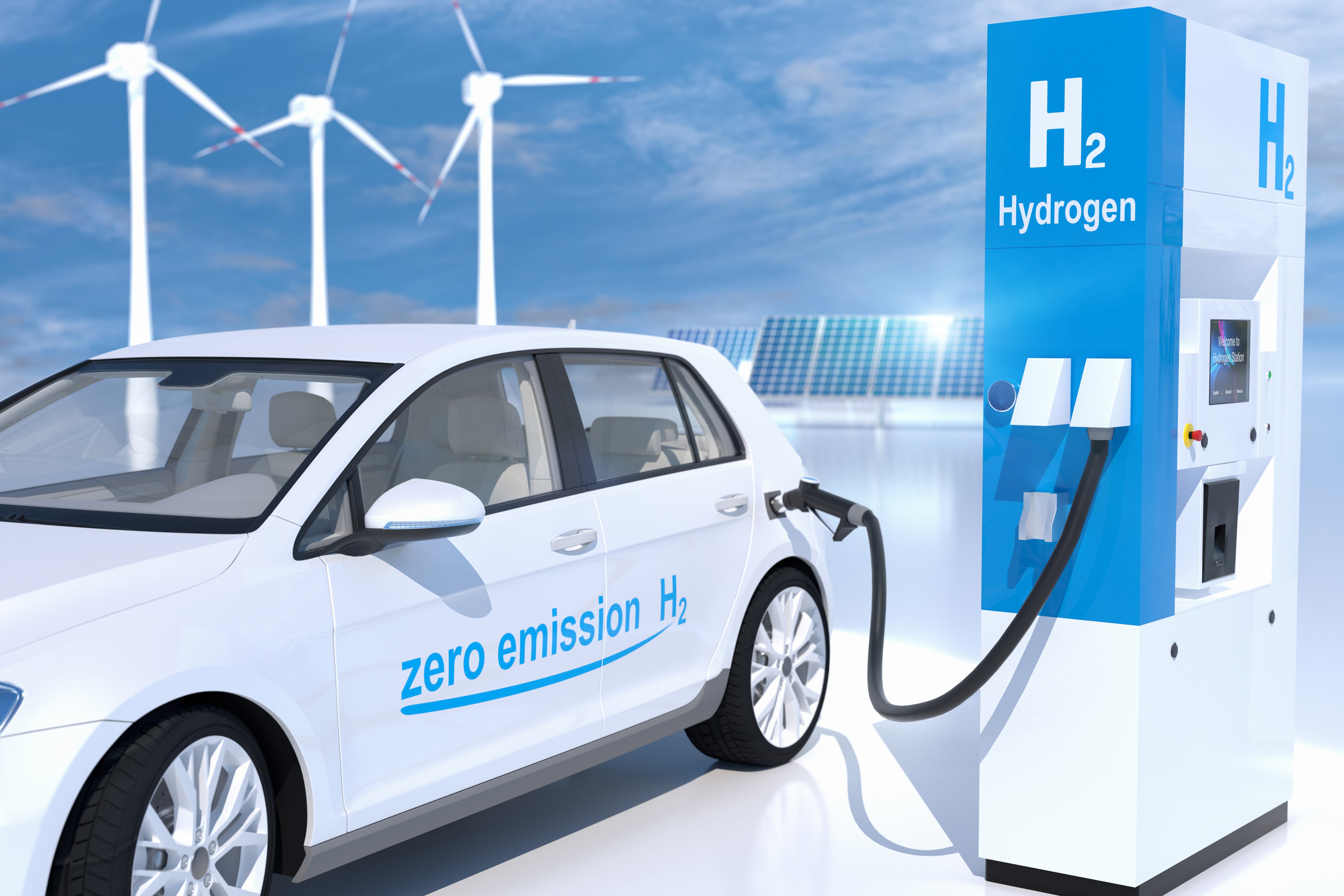
Biomass Power Generation
- Hokkaido, which boasts abundant resources for agriculture, forestry and fishery, is rich in a variety of biomass sources – including livestock and their manure.
- As there are various types of biomass, found in different regions and taking different forms, biomass resources are utilized according to their availability and the needs of local businesses and residents.
- Hokkaido has the third largest amount of unutilized wood resources in Japan.
- Key Projects: Production of hydrogen from livestock manure, sales of fuel cell vehicles with supplemental fueling, the supply of heat to public facilities in the area using wood biomass.








